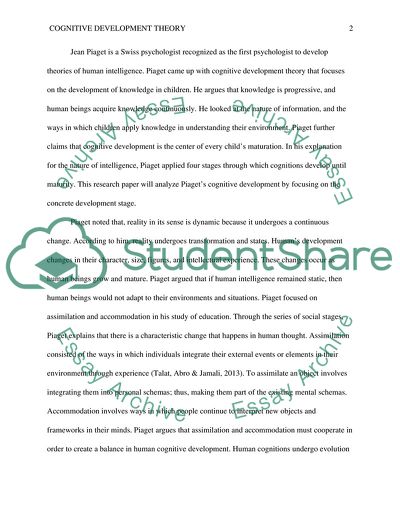Cite this document
(Cognitive Development Theory Coursework Example | Topics and Well Written Essays - 1750 words, n.d.)
Cognitive Development Theory Coursework Example | Topics and Well Written Essays - 1750 words. https://studentshare.org/psychology/1819707-piagets-theory-on-cognitive-development-with-the-focus-solely-on-the-concrete-operation-child-stage
Cognitive Development Theory Coursework Example | Topics and Well Written Essays - 1750 words. https://studentshare.org/psychology/1819707-piagets-theory-on-cognitive-development-with-the-focus-solely-on-the-concrete-operation-child-stage
(Cognitive Development Theory Coursework Example | Topics and Well Written Essays - 1750 Words)
Cognitive Development Theory Coursework Example | Topics and Well Written Essays - 1750 Words. https://studentshare.org/psychology/1819707-piagets-theory-on-cognitive-development-with-the-focus-solely-on-the-concrete-operation-child-stage.
Cognitive Development Theory Coursework Example | Topics and Well Written Essays - 1750 Words. https://studentshare.org/psychology/1819707-piagets-theory-on-cognitive-development-with-the-focus-solely-on-the-concrete-operation-child-stage.
“Cognitive Development Theory Coursework Example | Topics and Well Written Essays - 1750 Words”. https://studentshare.org/psychology/1819707-piagets-theory-on-cognitive-development-with-the-focus-solely-on-the-concrete-operation-child-stage.


